Apesokari is a village situated in the southern part of the Heraklion regional unit in Crete, Greece. It lies at an altitude of 155 meters at the southern edge of the Messara Plain, near the foothills of the Asterousia Mountains. The village is part of the Gortyna municipality and falls within the Gortyna municipal unit.
Village Life and Economy
The primary occupation of the residents in Apesokari is olive cultivation. The central church of the village is dedicated to the Dormition of the Theotokos (Assumption of Mary) and its feast day is celebrated on August 15th.
Historical Significance
Archaeologists have discovered two tholos tombs in the village dating back to the Early Minoan period. The newer and smaller tomb was illegally excavated by the Germans in 1942, and various artifacts were found within it, including colorful stone and clay vessels, a bronze axe, and two altars.
The village is referenced in documents from 1369 as “Apossochari” and is mentioned by Francesco Barozzi in 1577 as “Apessocari” within the Kainourgio province. According to the census conducted by Petros Castrofylakas in 1583, Apesokari had 104 inhabitants. The village is also mentioned by Francesco Basilicata. In the Turkish census of 1671, it is listed as “Aposkari” with 25 hearths (taxable units). In the 1881 census, it had 115 Christian inhabitants and 2 Turkish inhabitants and belonged to the municipality of Platanos. In 1920, it became the seat of its own community, which was abolished in 1928, and the village was incorporated into the Plora community. The community was re-established in 1940.
Village Key Points
- Historical References: The village is mentioned in various historical documents and censuses under different names, including Apossochari, Apessocari, and Aposkari.
- Location: Apesokari is situated in the southern part of the Heraklion regional unit in Crete, at the southern edge of the Messara Plain, near the foothills of the Asterousia Mountains.
- Dimensions: Not readily available information.
- Historical Significance: The village is home to two tholos tombs from the Early Minoan period, indicating its historical importance. It is also the birthplace of Georgios Vasilakis.
- Population data over the years:
Census Year |
Population |
|---|---|
1583 |
104 |
1671 |
~125 (estimated based on 25 hearths) |
1881 |
117 |
1900 |
160 |
1920 |
168 |
1928 |
203 |
1940 |
247 |
1951 |
232 |
1961 |
215 |
1971 |
164 |
1981 |
156 |
1991 |
186 |
2001 |
131 |
2011 |
103 |
2021 |
76 |
- Current Status: Apesokari is a small village with a population primarily engaged in olive cultivation.
Access
Apesokari is 14.1 kilometers away from the town Zaros and 5.4 kilometers away from Agioi Deka
















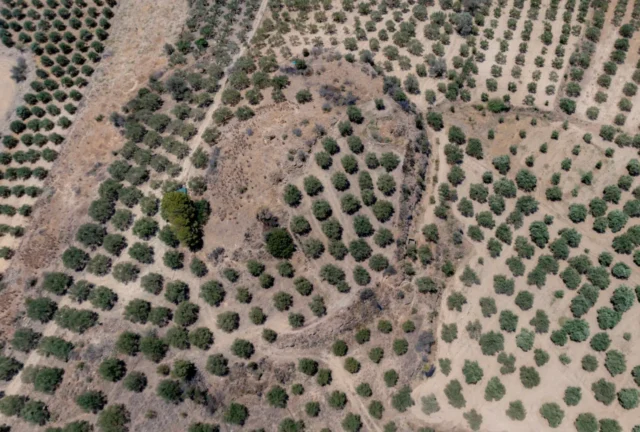

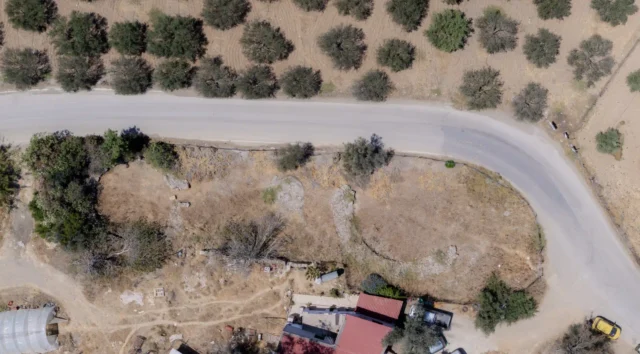
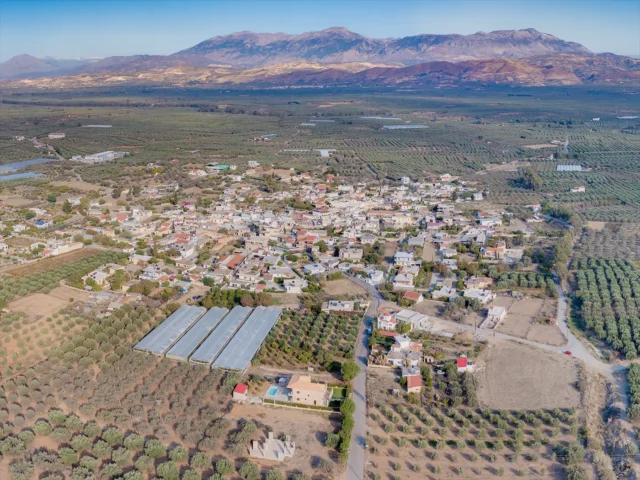

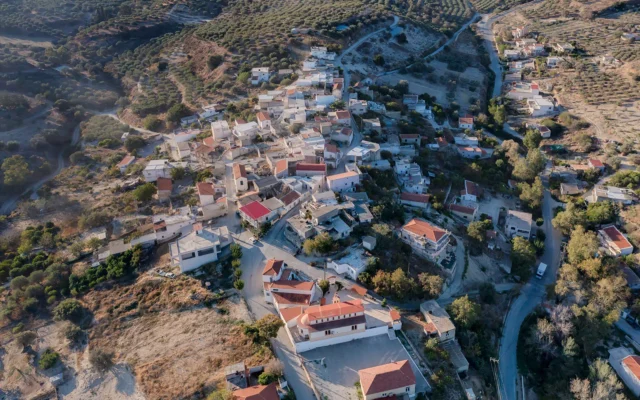


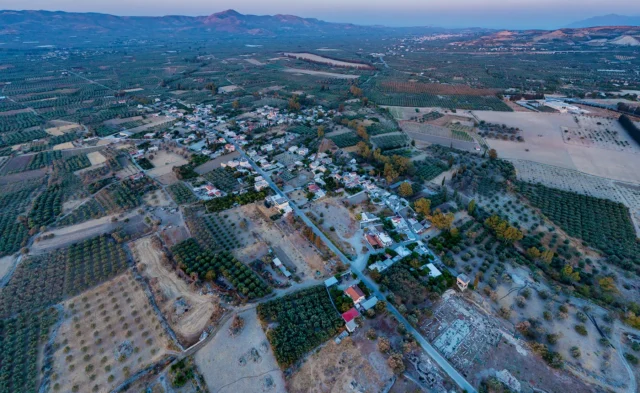

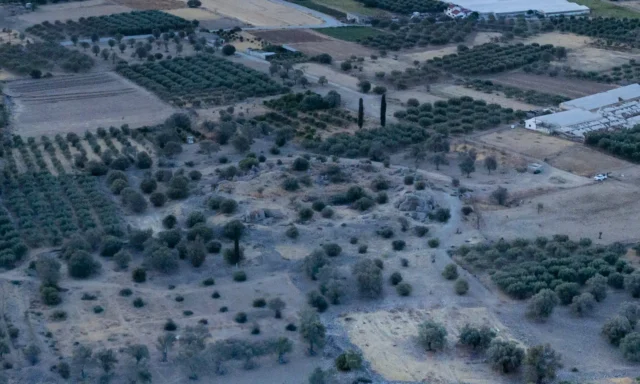
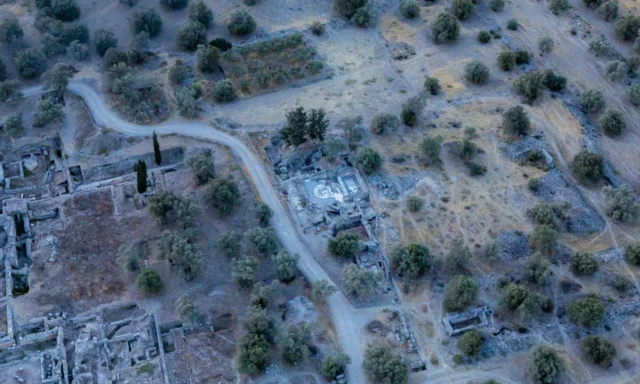
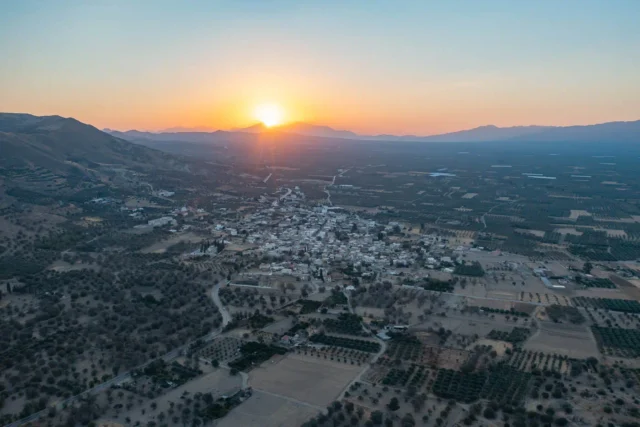
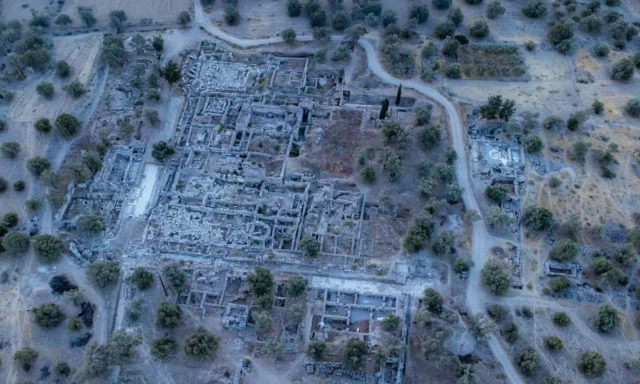
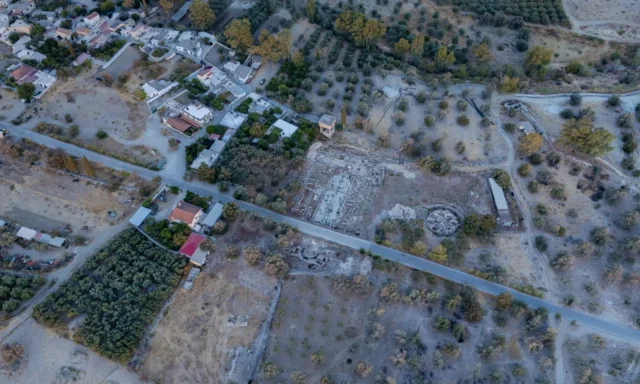
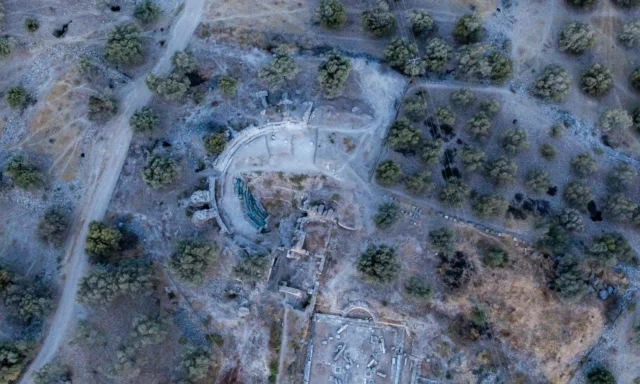

There are no comments yet.